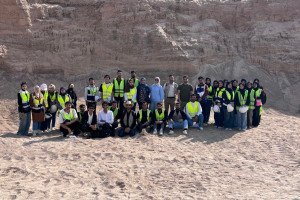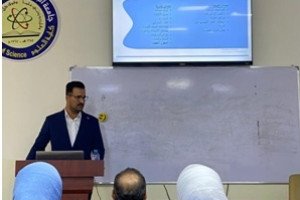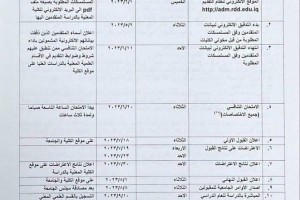
lecturers from the University of Basrah published a paper indexed at Scopus/Web of Science database with cooperation two scientists from Basrah Oil Company.
Maysaa A. Abdulhameed, Fahad M Al-Najm and Maher M Mahdi published a paper entitled
Geometry and Tectonic History of West Qurna-1 Structure, Southern Iraq,
Mauddud Carbonate Reservoir as Case Study
in the Iraqi Geological Journal which is indexed in Scopus/Web of Science database, Q3. the study attempts to incorporate all available data to better understand the subsurface structure of the Mauddud reservoir in West Qurna I. First, the well tops for each unit within the Mauddud reservoir have been picked from 25 wells that were well dispersed over the entire study area. All data, including well tops and 3D seismic interpretation reports, were used to build structural maps for each unit including: Upper Mauddud A, Upper Mauddud B, Lower Mauddud A, Lower Mauddud B, Lower Mauddud C, and Top of Nahr Umer Formation. Finally, the study concludes that the Mauddud structure in West Qurna 1 was classified as a gentle, approximately asymmetrical, anti-form, horizontal, non-cylindrical, brachy anticline. The structures within the Zubair subzone were formed due to multiple geological factors, including the Alpine orogeny resulting from the collision between the Arabian and Eurasian plates, salt tectonics associated with the Infra-Cambrian Hormuz Formation.






